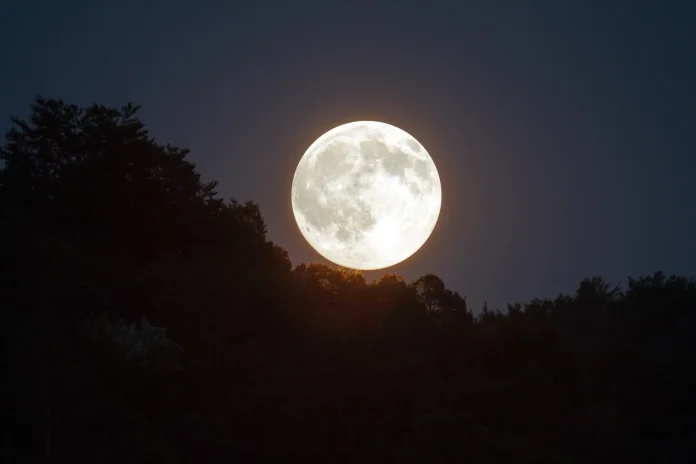January 28, 2025 — University of Maryland
For decades, scientists have studied the Moon’s surface to understand its complex geological history. Evidence from the lunar maria — vast, dark plains of solidified lava—suggested that the Moon underwent significant contraction billions of years ago. Researchers long believed that these regions had remained dormant ever since.
However, a new study challenges that assumption, revealing that the Moon’s subsurface may still be geologically active.
A team of scientists from the Smithsonian Institution and the University of Maryland discovered that small ridges on the Moon’s far side are much younger than those previously studied on the near side. Their findings, published in The Planetary Science Journal on January 21, 2025, suggest that the Moon’s surface has experienced tectonic activity within the last 200 million years—a relatively recent event in lunar history.
“Many scientists believe that most of the Moon’s geological movements happened two and a half, maybe three billion years ago,” said Jaclyn Clark, an assistant research scientist in UMD’s Department of Geology.
“But we’re seeing that these tectonic landforms have been recently active in the last billion years and may still be active today.”
Using advanced mapping and modeling techniques, the researchers identified 266 previously unknown small ridges on the Moon’s far side. These ridges appeared in clusters of 10 to 40, mostly in volcanic regions that formed between 3.2 and 3.6 billion years ago. Scientists believe they emerged in areas where the lunar crust may have underlying weaknesses.
To estimate their age, the researchers used a technique known as crater counting.
“Essentially, the more craters a surface has, the older it is; the surface has had more time to accumulate impact scars,” Clark explained.
By analyzing the number of craters around the ridges—and noting that some ridges cut through existing impact sites—the researchers concluded that these features were tectonically active within the last 160 million years.
Clark also pointed out that the far-side ridges bear a striking resemblance to ones on the Moon’s near side, suggesting they were shaped by the same forces. Scientists believe the ridges formed as the Moon gradually shrank and experienced shifts in its orbit.
The Apollo missions detected shallow moonquakes decades ago, and the new findings indicate that these ridges may be linked to similar seismic activity. Understanding the Moon’s ongoing geological evolution could have major implications for future lunar exploration.
“We hope that future missions to the Moon will include tools like ground-penetrating radar so researchers can better understand the structures beneath the lunar surface,” Clark said.
“Knowing that the Moon is still geologically dynamic has very real implications for where we’re planning to put our astronauts, equipment, and infrastructure on the Moon.”



